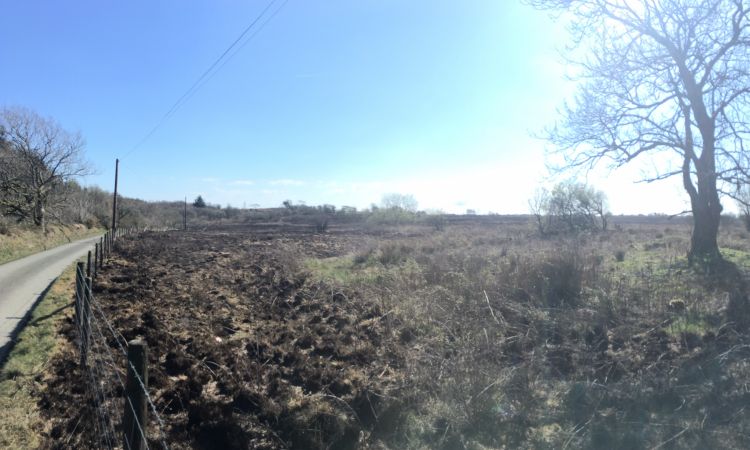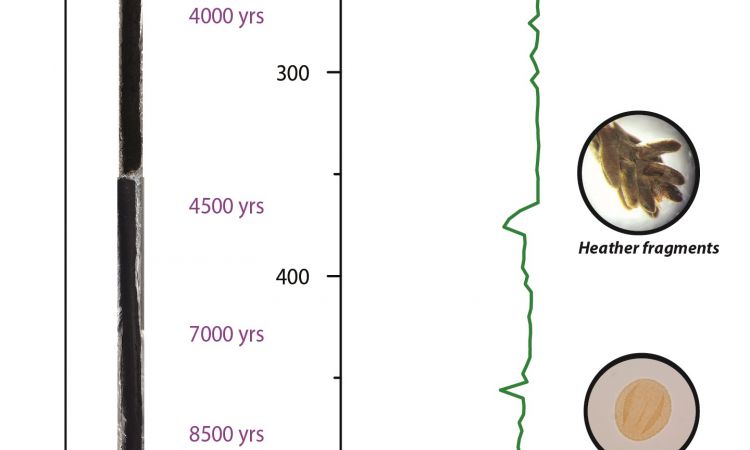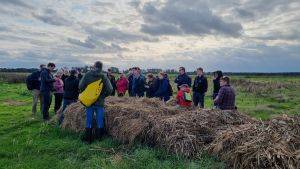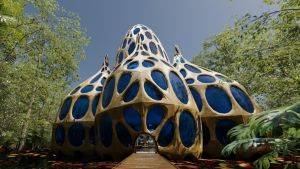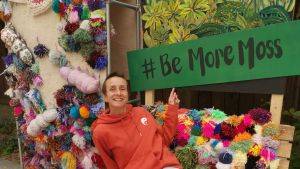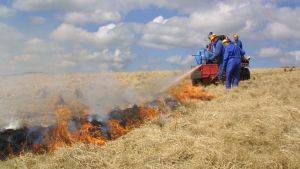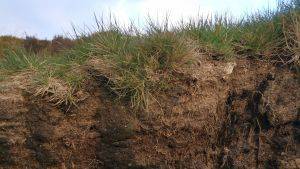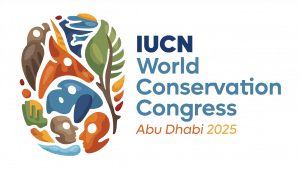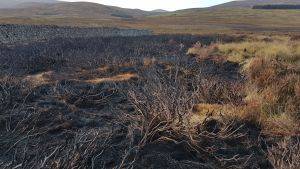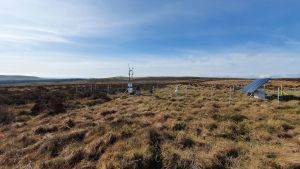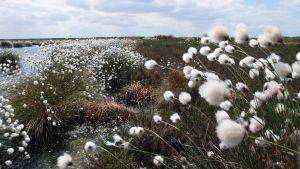Carmarthenshire Bogs Project - Pyllau Cochion
Introduction
Description
Pyllau Cochion Common extends to 12.16 ha and forms one of a series of remnant heathland–peatland complexes, situated on the hills to the south of the Afon Cothi and Brechfa Forest. Pyllau Cochion comprises a raised bog in the western section with wet heath to the east and mosaics of marshy grassland (purple moor grass and rush pasture), scrub and bracken around the periphery. Over time, the raised bog has become degraded. This was partly due to the lowering of the water table by a drainage ditch, which runs northwards from the northern edge of the bog, and also due to regular illegal burning in recent years.
Swansea University analysyed a peat core from this site and contunue to undertake research here.
Project Aims
Treatment of Japanese knotweed
Removal of fly-tipping
Ditch blocking
Restoration Delivered
Treatment of Japanese knotweed
Removal of fly-tipping
Ditch blocking
Project Name: Carmarthenshire Bogs Project - Pyllau Cochion
Organisation / Lead partner: Carmarthenshire Bogs Project
Location: Isabel Macho Biodiversity Officer Carmarthenshire County Council
Approximate area covered: 12.16 ha
Predominately: Lowland
Peat Habitats: Lowland raised bog, Lowland heath
Project Type: Restoration, Management, Research, Communications
Year Project Began: 2014


